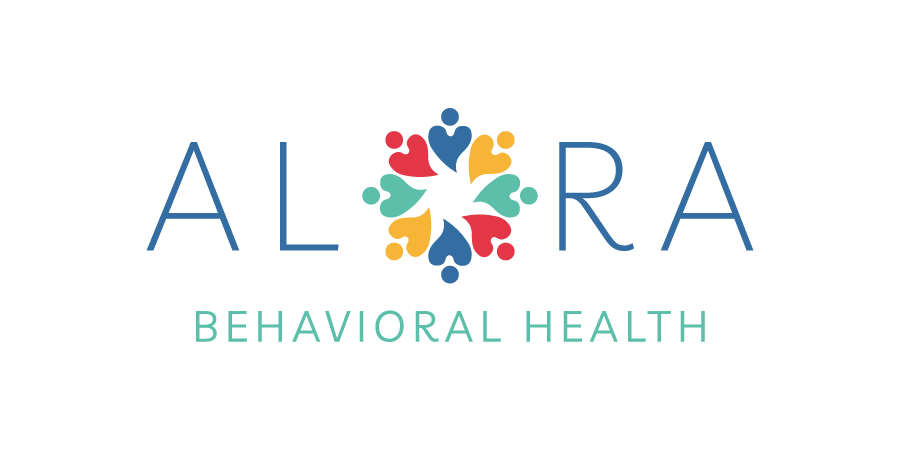Applied Behavior Analysis (ABA) therapy has gained recognition as a highly effective and evidence-based treatment for individuals with autism and other developmental disorders. However, like any other field, ABA therapy has not been immune to myths and misconceptions. In this blog, we aim to debunk some common ABA therapy myths and provide a clearer understanding of what ABA truly entails.
Myth 1: ABA Therapy Is Only for Children
Fact: ABA therapy is not limited to children. While early intervention is essential and widely recognized, ABA can be beneficial for individuals of all ages. ABA programs are often tailored to meet the unique needs and goals of each individual, regardless of their age.
Myth 2: ABA Therapy Is a One-Size-Fits-All Approach
Fact: ABA therapy is highly individualized. A qualified behavior analyst designs each program based on a thorough assessment of the individual’s strengths, weaknesses, and specific goals. ABA interventions are customized to address the unique needs of each person, ensuring that the treatment plan is tailored to their requirements.
Myth 3: ABA Therapy Is Primarily About Reducing Undesirable Behaviors
Fact: While ABA therapy can be effective in reducing challenging behaviors, it encompasses a much broader spectrum. ABA is equally focused on teaching and reinforcing adaptive and desired behaviors. It is a holistic approach that targets skill development, communication, social interaction, and overall quality of life.
Myth 4: ABA Therapy Is Punitive and Coercive
Fact: ABA therapy is based on positive reinforcement, not punishment. It emphasizes the use of reinforcement strategies to encourage desired behaviors. The goal is to make learning enjoyable and motivating, which is contrary to punitive or coercive methods.
Myth 5: ABA Therapy Is Inaccessible and Expensive
Fact: ABA therapy may be more accessible than you think. Many insurance plans now cover ABA services, making it more affordable for families. Additionally, there are nonprofit organizations and government programs that provide ABA therapy to those in need. Families should explore their options to find the best way to access ABA services.
Myth 6: ABA Therapy Involves Endless, Lengthy Sessions
Fact: ABA therapy sessions are designed to be age-appropriate and tailored to the individual’s needs. While intensity and duration can vary, ABA programs are generally structured with the individual’s well-being in mind. Short, focused sessions are often more effective and better suited to the individual’s attention span.
Myth 7: ABA Therapy Suppresses Individuality
Fact: ABA therapy respects and celebrates individuality. It does not aim to change a person’s core identity or personality but rather helps individuals acquire skills that improve their quality of life. ABA therapy encourages self-expression, self-determination, and self-advocacy.
As with any healthcare field, misconceptions and myths can cloud the public’s understanding of ABA therapy. By debunking these common myths, we hope to provide a clearer and more accurate view of ABA as an evidence-based and highly effective approach to helping individuals with developmental disorders. Understanding the truth about ABA therapy is essential to ensure that individuals receive the support they need to reach their full potential and lead fulfilling lives.

